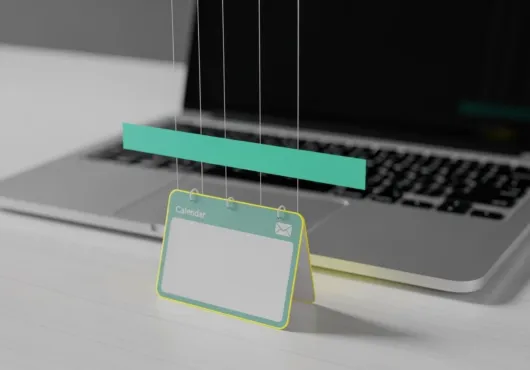You don’t “talk” to AI. You manage it. Think contractor, not genie. If you whisper vague wishes, it hands you glitter. If you give it a short, blunt work order, it delivers.
The secret is boring: clarity beats charm. Most people write prompts like they’re writing to Santa—long, polite, full of backstory. The model smiles, nods, and produces something that looks right until you read the second paragraph. That’s not your fault; that’s the default. Here’s how to flip it.
Give the model a Job • Rules • Shape—not a monologue.
One ask per prompt. If you want two things, run two prompts.
When it fails, tighten constraints, don’t write a longer poem.
The Minimum Viable Prompt
Use three moves. Not five, not fifteen.
Job — one sentence, single task.
Rules — 2–3 hard constraints (length, must/never).
Shape — how the output should look.
That’s it. If your prompt doesn’t have those three, you’re basically asking a parrot to freelance.
Example 1: Rewrite my email (real world)
Bad ask:
“Hey, can you improve this email to be more professional but still friendly? Also mention timelines and that we’re excited.”
Why it fails: “Professional,” “friendly,” “excited” = mush. No length, no target, no shape.
Do this instead:
Job: Rewrite this email to get a reply.
Rules: 90 words max. No emojis. Ask one clear question at the end.
Shape: Subject line + body, on separate lines.
Nine times out of ten, you’ll get something you can copy-paste. If you don’t, tighten a rule (“cut to 70 words”) or change the job (“rewrite for a busy exec who skims”).
Example 2: Summarize without sludge
Bad ask:
“Summarize this article please—make it concise but detailed, and also a little fun.”
Do this instead:
Job: Summarize for someone deciding whether to read the full piece.
Rules: ≤120 words. Include one risk or trade-off. No hype words (“revolutionary,” “game-changing”).
Shape: 3 bullets + 1 “Watch for…” line.
No JSON. No tables. Just a shape your brain recognizes at a glance.
Example 3: Brainstorm that isn’t a Pinterest board
Bad ask:
“Give me content ideas about budgeting.”
Do this instead:
Job: Generate article ideas for readers drowning in subscription creep.
Rules: Each idea ≤12 words. No listicles (“10 best…”).
Shape: 6 rows, each: Hook — Why it’s useful.
You’ll get hooks you can actually ship, not “Harnessing the Power of Financial Wellness.”
How to fix most bad outputs
When the model face-plants, don’t write a bigger prompt. Change one lever.
If it rambles: lower the word cap and demand an output shape.
If it lies: add “If info is missing, say ‘Unknown’—don’t guess.”
If it ignores tone: trade adjectives for audience (“busy CFO,” “first-time renter”).
If it’s generic: add one concrete detail in the Rules (“mention annual auto-renew traps”).
Notice what we didn’t do: we didn’t paste novels about “act as X” or beg it to “think step by step.” You’re not training it; you’re briefing it.
The three prompts worth saving (yes, literally save them)
Rewriter (reply-getter)
Job: Rewrite this email to get a response.
Rules: ≤90 words. One question at the end. No fluff, no apologies.
Shape: Subject line + body.
Tidy Summarizer (decision-maker)
Job: Summarize for a read/skip decision.
Rules: ≤120 words. Include one risk/trade-off. No hype words.
Shape: 3 bullets + 1 “Watch for…” line.
Idea Grid (usable brainstorm)
Job: Generate article ideas for <topic>.
Rules: ≤12-word hooks. No duplicates. No listicles.
Shape: 2-column list — Hook | Why it’s useful (6 rows).
Print those. Stick them near your keyboard. Ninety percent of prompting is those three, slightly tweaked.
Common excuses that keep you stuck
“I need chain-of-thought.” No, you need rules and a shape. If you want better thinking, ask it to check its own output (one line: “Flag any claim without evidence and suggest a fix”).
“I don’t want to constrain creativity.” Constraints are how you get creativity that ships. Painters pick a canvas size. You can handle a word cap.
“I gave it so much detail and it still missed the point.” Detail isn’t direction. The model doesn’t need your life story; it needs a job ticket.
The punchline
Prompting isn’t poetry. It’s project management in a sentence and a half. The tool is powerful, but it’s not psychic; it just wants you to be specific in ways a computer can obey.
Start with Job • Rules • Shape. If that doesn’t tame it, you’re not allowed to write a longer prompt—you’re only allowed to sharpen those three. That’s how you go from “AI, please be brilliant” to “AI, do this one thing well.” And that’s where the wins live.



